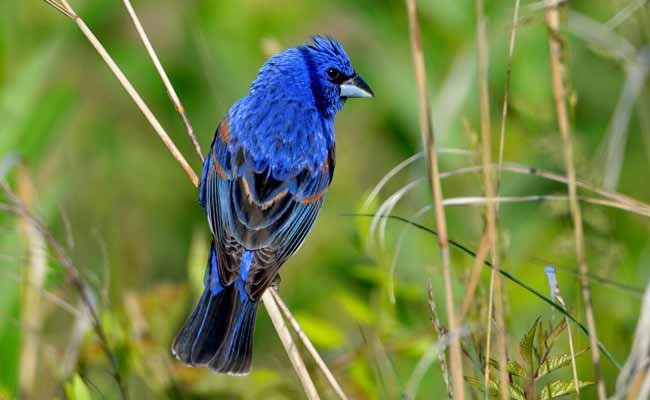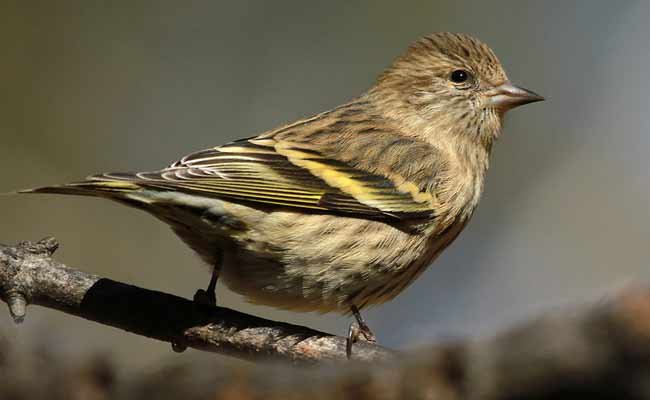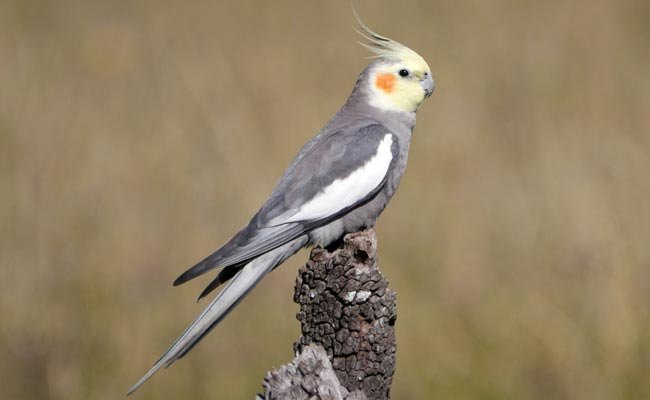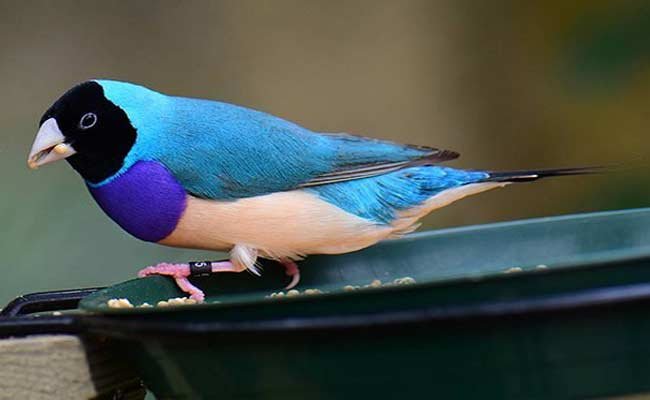
Blue Gouldian Finch Breeding, Diet, And Care
February 20, 2021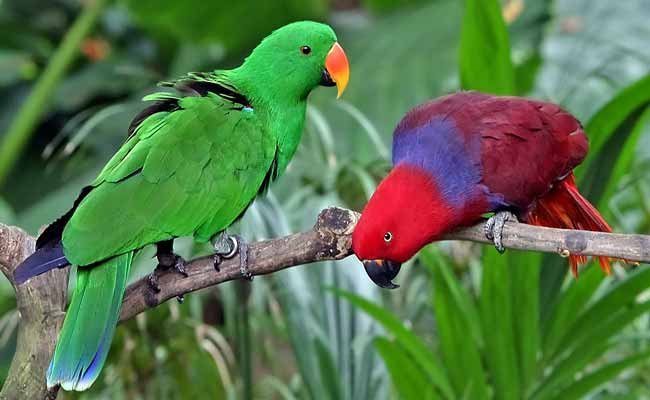
Solomon Islands Eclectus Parrot Diet, Care, And Personality
February 22, 2021Rainbow Lorikeet Diet, Care, Behaviour, And Personality. Hey friends, how are you all? Today I will share with you all the details about their Care, Behaviour, Personality and what does a rainbow lorikeet eats. A rainbow lorikeet parrot is ideal for a starter bird. It is so-called because of the brilliant colors of the rainbow-colored birds. They are also known as rainbow-loved birds because of their distinctive orange and yellow coloring. So friends, without wasting time, let’s get started with today’s topic.
Rainbow Lorikeet Diet, Care, Behaviour, And Personality.
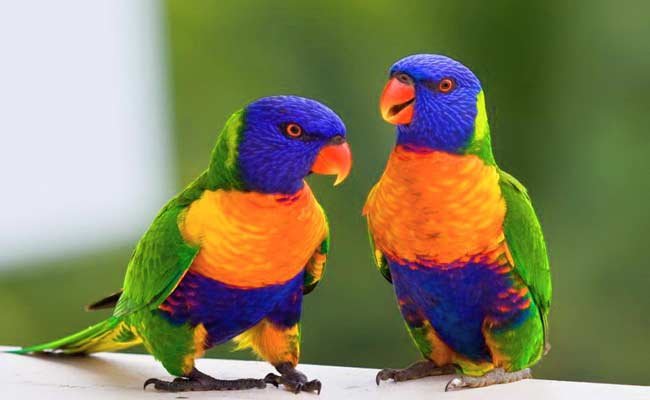
Rainbow Lorikeet Information.
Before we go any further, I want to share some useful and general information about this beautiful bird.
Scientific Name: Trichoglossus moluccanus
Size: 26 To 31cm
Weight: 120 grams
Lifespan: 30 years
Wingspan: 17cm
Other Names: Rainbow lorikeet names are rainbow lorikeet, rainbow lory, rainbow-loved birds, rainbow-colored birds, Trichoglossus moluccanus.
Behavior.
Rainbow lorikeet behavior In the wild, they produce different calls to communicate with each other. Most of the time, they live in one area and travel in flocks of one or two dozen in search of food. It can be one of the most fun and rewarding pets you could ever have. They are a very friendly bird that will thrive and love interacting with you, your family, and friends. But it takes time for them to learn and adapt to their new surroundings fully, so you must learn about their behavior and ways to help them learn. Here are some of the best methods for you to start today:
Take an early morning walk to expose them to the outdoors as soon as you arrive. This will allow them to become familiar with the noises, sights, smells, and other animals and people they will encounter as they walk around. They will be much more likely to behave when you are around as a natural behavior pattern has been established in their environment.
Taking part in feeding time or napping in birdhouses is also a good way to get your rainbow lory interacting with other animals and birds. This will also help them build confidence in their new surroundings.
When you visit their perch, place a food dish with their favorite type of seed on it and let them feed on it while you watch. They will then start to take part in your activities.
Habitat.
The rainbow lorikeet habitat consists mainly of scrub, bushes, and trees. They are native to Australia and eastern Indonesia. They live in rainforests, coastal areas, and woodlands. These beautiful birds are found in large flocks. Scrub, bushes, and trees provide shelter to these birds from predators.
Diet.
In the wild, rainbow lorikeet feeding on grounds and trees. rainbow lorikeet diet is nectar and pollen, which they gather from shrubs and trees. They also eat fruits, seeds, and insects. A rainbow lory can be an adorable pet to have. They are very pleasant, friendly animals and very easy to take Care of. This is because they consume a steady amount of food, so there is no need to worry about becoming overweight.
It is important to have a rainbow lorikeet food list, which details everything your pet needs to eat. If you don’t have a good guide to follow, then it might be harder for you to control what your rainbow lorikeet eats. As you may know, they love fruits and vegetables, but what kind of fruits and vegetables should you give your lorikeet? This is the question that you must answer before giving your pet anything.
First of all, the rainbow lorikeet diet is quite simple. You need to feed it with some fruits and vegetables, which can be obtained by picking the leaves from your plants or the fruits you find lying around. You can also provide them with homemade nectar mixes.
When it comes to feeding your rainbow lorikeet, remember that it has a very fast metabolism. Thus, you should provide it with its daily dose of vitamins and minerals. Don’t worry if you find some of the vitamins and minerals are not quite effective at first because they need to be adjusted to your pet’s diet. Always keep in mind that the more natural and easy it is for a pet to digest, the healthier it will be and the more likely it will be as well.
Taking Care Of Rainbow Lorikeet As Pets.
As a breeder of rainbow lorikeet, I have often wondered how difficult it is to maintain these exotic birds’ health. Like most people who purchase these birds from other sources, I was a little apprehensive about purchasing young birds from pet shops. I worry about these birds’ welfare since, many times, these owners do not provide them with the Care and attention they need. This leads to uncharacteristic aggression amongst some of the rainbow lorikeet species, including stripping the feathers from their prey and even striking other birds. My goal in sharing this article with you is to provide you with a simple and inexpensive rainbow lorikeet care sheet.
Care Sheet.
as a rainbow lorikeet pet owner, you must know that there is a wide variety of rainbow lorikeet care information that is available. As mentioned above, I believe that anyone who is thinking of purchasing a lorikeet should research and find out as much information as possible about this beautiful bird.
This beautiful bird is extremely susceptible to a wide array of diseases and illnesses; therefore, it is important to become as knowledgeable as possible about your new pet before purchasing them. It is also important to research the different treatments for each disease to be prepared in case treatment is required. Most importantly, it would be best if you familiarized yourself with each disease’s symptoms so that you will be able to recognize them when they occur quickly.
Another important consideration with your new pet is its housing. You must choose an appropriate cage and housing to ensure that your pet bird remains healthy. As you begin your search for the perfect housing, you will probably notice that they come in various sizes. Consider the size of the cage that you need to purchase, as well as how much room your pet will need to roam around. For example, you may find that a toy or small wooden board is ideal for a small pet, while a medium-sized cage would be more suitable for a larger animal.
The last aspect of caring for your lorikeet is feeding it the proper diet. Each rainbow lory will need a dietary supplement of vitamins and nutrients to remain healthy. The best type of food to provide is fresh fruits and vegetables. Both of these foods are very high in protein and provide your likes with loads of energy.
Health Problems.
Rainbow lorikeet diseases are paralysis syndrome and sour crops. So what is paralysis syndrome and sour crop? We talk about both Rainbow lorikeet disease in this section. Paralysis syndrome is a condition in which lorikeets are unable to move their body. Like sick rainbow lorikeet symptoms, they are unable to move their wings, legs, or head. In this condition, They also lose their ability to blink and swallow. The second disease is the sour crop which is a bacterial infection. This infection affects their crop and food storage pouch. But you can solve this problem by cleaning their food dishes, water cups, and their cage.
Rainbow Lorikeet Nesting Habits And Breeding.
rainbow lorikeet Breeding season is June to January. They generally mate for life. Both males and females make their nest in old-growth trees like eucalyptus trees. They usually nest near water, in dry hills, or near other vegetation. They forage on the ground and vegetation for food. Most rainbow lorikeet nests are located in areas where they can see other birds, and their movement is apparent to them. After that female lays 1 to 3 eggs on chewed, decayed wood, usually in a hollow. The female rainbow lorikeet incubates the eggs for 23 days, and during this period, males feed their females. After hatching the eggs, both parents feed their babies for the next 45 days. When the baby rainbow lorikeet has grown to an infantile state, it will leave its burrow to search for food and a mate.
Breeding Season: June to January
Clutch size: 1 To 3 (usually 2)
Incubation: 23 days
Time in the nest: 45 days
Sounds And Calls.
The rainbow lorikeet sounds like a little girl with her friends playing around in the grass. The little rainbow lorikeet birds calls, however, are unique. They don’t just chirp like a parrot – they sing like a real bird!
This isn’t your typical wild birds call. The rainbow lory calls are unique because they have several notes in each sound. They’re not like a typical cuckoo or a robin call where there is only one note. Instead, each rainbow lorikeet call has three or more different notes, all together in a unique pattern. It’s truly impressive to listen to.
What makes this so exciting is that they are unique to only one kind of song. This creates a sense of uniqueness for the bird, something that other birds might not connect with. For example, if two rainbow lorikeet calls were compared, it would be hard to tell them apart. All sounds are entirely different. It might even sound like different words! As you can imagine, this can make a very good recordable bird call.
Lorikeets are noisy birds and have a high-pitched voice with frequent squawks. Because of their frequent squawks, some people may get angry and feel unpleasant. Therefore This bird is not an ideal pet bird for people who have close neighbors.
Rainbow Lorikeet Male female Differences.
This beautiful bird is not like the dimorphic parrots like Eastern Rosella and Australian King Parrot. Because rainbow lorikeet males and females are the same in colors, these are of the most colorful species kept as companion birds. Like their name, They have a red beak, head and belly sport a deep blue plumage, an orange and yellow chest, a yellow nape, and green feathers on their wings, heads, and backs. They have grayish-black feet. Because both male rainbow lorikeet and females are the same so You cannot tell the difference by their appearance. Only by genetic testing, you know which one is male and female.
Can Rainbow Lorikeet Talk?
Lories can be noisy; Their voice is high-pitched. If I simply put yes, rainbow lorikeets are wonderful talkers. They can learn many words and phrases if you teach them properly. Because if you teach them properly, they will learn to speak clearly. However, rainbow lorikeet talking ability is not the best in the family.
What To Feed A Baby Rainbow Lorikeet?
If I put this simply, do not use Lorikeet formulas. Because it lacks important vitamins and minerals, you can give them a daily diet supplemented with a small amount of fresh fruit and vegetables such as apples(always remove the seeds), peas, corn, carrot, beans, broccoli, and spinach. Never and ever feed these birds lettuce or avocado.
Rainbow Lorikeet Interesting Facts.
In the end, I am going to share with you some interesting rainbow lorikeet facts, hope you will enjoy.
- They are very noisy.
- Both males and females have the same colors.
- Rainbow lorikeet age is up to 30 years which makes them great companions.
- They mate for life.
- They are one of the best talking parrots.
- They are social birds and are found in flocks.
Final Words.
Hopefully, this article has given you some helpful tips and advice on dealing with rainbow lorikeet behavior in your yard. Although this bird species is not too difficult to handle in the wild, it can be quite a shock to the owners when they move into their new house. This is why it’s important to learn as much about this amazing bird as possible before introducing it into your home. Check online for some fantastic resources that will teach you everything you need to know. And remember, it doesn’t cost much to become an expert. Hope you will enjoy our article Rainbow Lorikeet Diet, Care, Behaviour And Personality. Please give us your feedback in the comments.

